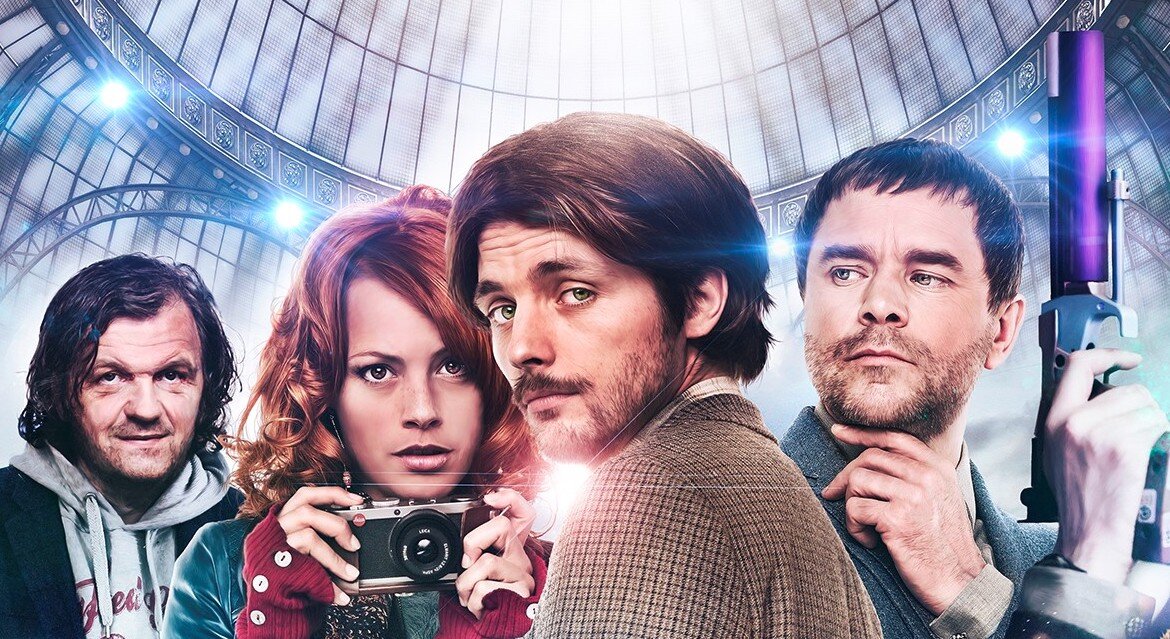The Scapegoat
After a bit of a delay (the film was initially announced for release in April), this month finally saw the release of Nicolas Bary’s Au Bonheur des Ogres (The Scapegoat) in France. Based on the novel of the same name by French author Daniel Pennac, the film introduces us to Benjamin Malaussène, professional scapegoat and de facto père de famille. Already far from normal, Malaussène’s life becomes extremely complicated when he is implicated in a series of explosive murders at the luxury Parisian department store where he works. With the help of perky journalist ‘Aunt Julia’, he attempts to prove his innocence and expose the truth behind the attacks.
Translating Pennac’s bizarre and wonderful work to the screen was never going to be an easy task, but it should be said straight off that Bary (also one of the co-screenwriters) makes a fair go of it. The quirky tone of the book is upheld, and the direction is on the whole sprightly without being too showy. There are one or two moments where the enhancement of the fantastical elements from the novel actually reduces the potency of the magical-realist atmosphere (the giraffe), but in general the film feels pleasantly abnormal, just like the book. Top marks for filming in Paris’s long-closed La Samaritaine store, recently seen as a palace of faded glory in Leos Carax’s Holy Motors.
A few changes have been made to the original storyline, for better or worse. The setting of the film in the present day entails a certain amount of tweaking of the backstory, which actually serves to make the dark heart of the narrative more believably horrific. The changing of the antagonist makes sense as it keeps the film focussed, but means that we lose some of the nicer character moments from the novel. A few character omissions might spell problems for screenwriters if they get round to working on the sequel, but make little impact in this instalment.
In terms of the cast, Raphael Personnaz does a sterling job incarnating Pennac’s most famous creation, lending Malaussène the perfect air of slight desperation and amiable uselessness. Bérénice Bejo, Jean Dujardin’s ravishing co-star in The Artist, is equally good in the role of his partner in crime-solving, ‘Aunt Julia’. The Malaussène family, keystone to the entire series, are a definite highlight, the standouts being Mélanie Bernier as caring older sister Louna and Adrien Ferran as the eager-to-please but slightly unhinged Jérémy. We also get a final, uncredited treat in the form of a well-known French actress who lights up the closing minutes. I have to admit to never having considered who might play the role, but the person they chose gets it spot on.
This film will not be everyone’s cup of tea, and its oddness is almost a guarantee of commercial failure, but this is a film that deserves some love. It will be a great pity if we don’t get to catch up with the Malaussène family again in the near future. I’d love to see Nicolas Bary and the cast take on Pennac’s sequel La Fée Carabine (The Fairy Gunmother).
3.5/5

